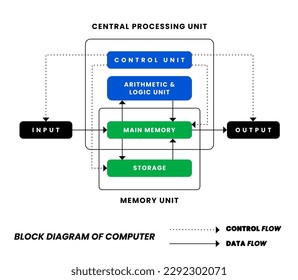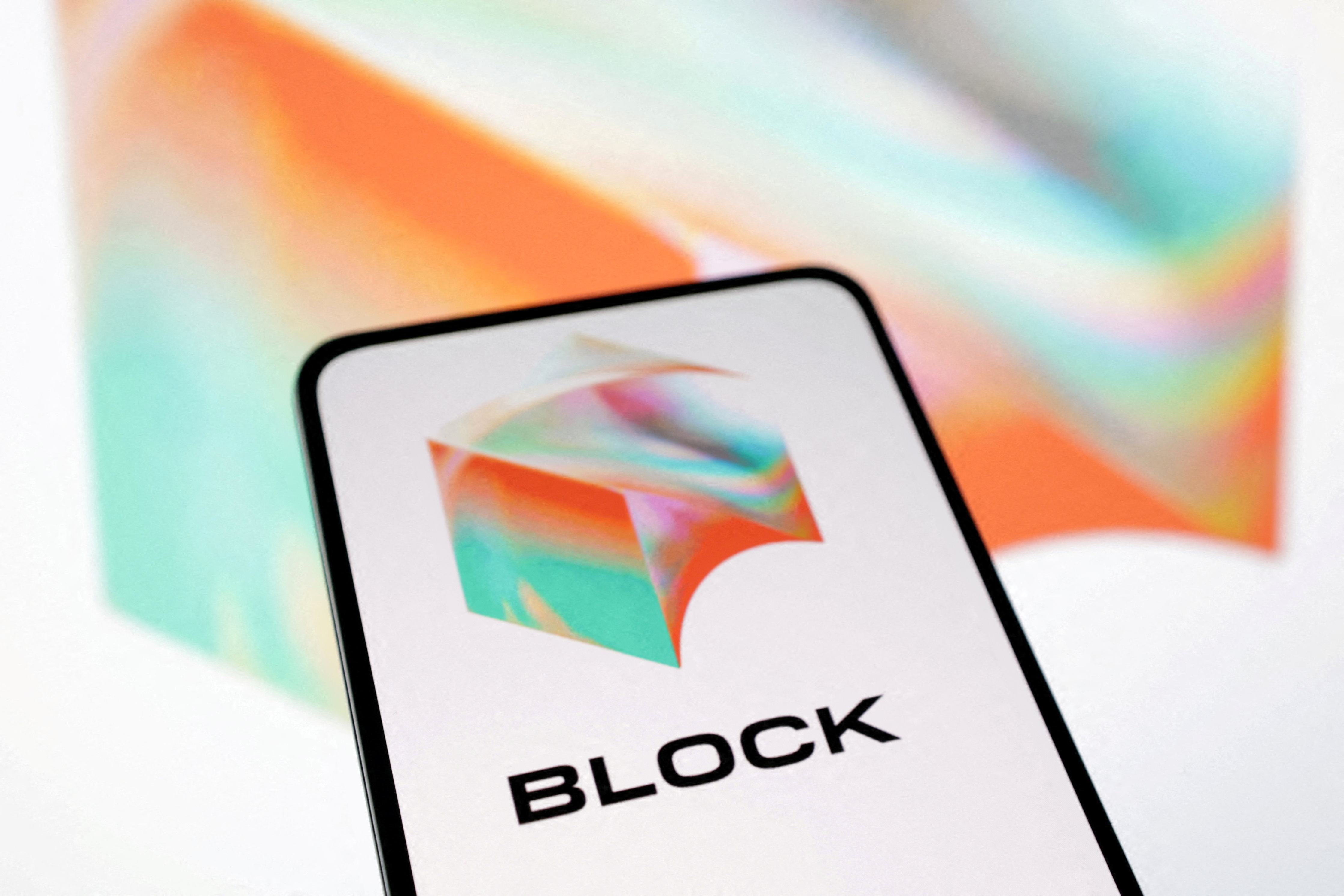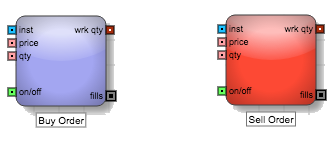I remember the first time I heard the term “block stock” — I thought it had something to do with supply chain or logistics. Turns out, it’s a key concept in financial markets. The problem is, most people, especially new traders, get confused by it. That’s understandable. It’s not something you pick up just by watching the ticker.
So, what is block stock? And why should you care?
If you’ve ever wondered why some trades never seem to move the market despite being huge, or why certain price moves happen out of nowhere, you might be seeing the effects of block trades. These large, private trades don’t behave like your typical buy or sell orders — and understanding them gives you a serious edge.
In this article, I’ll break down:
- What block stock really means in finance (and what it doesn’t)
- How block trades work and who’s behind them
- Why you rarely see them but feel their impact
- The tools and insights retail traders can use to spot them
If you’re trying to read market signals more accurately, this one concept might just change how you view trading altogether.
Understanding the Basics of Block Stock
What Is a Block Trade in the Stock Market?
Let’s get one thing straight. Block stock isn’t a type of stock. It refers to block trades, which are large-volume stock transactions — usually 10,000 shares or more — made by institutions like hedge funds or banks. These trades are typically negotiated privately to avoid shaking the market.
According to FINRA, these large orders are often executed off the open exchange in what’s called a dark pool or through a broker-dealer’s trading desk.
Who Performs Block Trades?
You and I, as retail traders, don’t usually have access to block trading mechanisms. These are handled by institutional investors — think Goldman Sachs, BlackRock, or large pension funds. When they want to buy or sell a million shares, they can’t just drop that order into the market. That’d cause massive price slippage.
How Block Trades Differ from Normal Trades
Here’s where it gets interesting. Regular trades happen on public exchanges. You place an order, and it gets matched based on supply and demand. But block trades? They’re pre-negotiated, off-book, and often invisible until they’re settled.
So if a massive fund dumps shares of a company you’re watching, you might only see the ripple effect — not the actual trade itself. That’s what makes them so important.

Examples of Block Trades in Action
Behind the Curtain: A Real Block Trade Example
During my early days learning about market structure, I came across an SEC filing that showed a hedge fund unloading 5 million shares of a biotech stock. Oddly, the stock barely moved that day. Why? It was a block trade, done quietly through a dark pool. No noise. No panic. No volume spike on public charts.
How Execution Happens Without Causing Chaos
These trades are usually split into smaller pieces or handled through liquidity partners. A trader might execute 50 chunks of 100,000 shares instead of placing a single 5 million share order. The goal? Hide intent, manage risk, and avoid market impact.
The Role of Dark Pools in Block Trading
Dark pools are private exchanges where large players can transact anonymously. They’re controversial because they lack transparency. But for block trades, they’re crucial. They allow buyers and sellers to match up without tipping off the public. That’s why over 40% of institutional trades in the U.S. are done via dark pools (source).

How Block Trades Affect Stock Prices
Liquidity and Volatility Dynamics
Even though block trades aren’t always visible in real-time, they impact liquidity. If a fund sells a big block, even off-book, it signals bearish sentiment. Market makers may pull bids, and retail traders might notice unusual slippage. It’s subtle — but powerful.
Why They Don’t Show Up on the Ticker
Most block trades don’t appear on Level 1 data. You’d need access to time-and-sales feeds or tools like FlowAlgo or Trade Alert. And even then, it’s often after the fact. That’s why I’ve learned to track the footprints instead of the trade itself.
Market Reactions Post-Block Orders
One of the best ways to gauge if a block trade just happened is to watch for sudden price stalls or unexplained volume spikes. I’ve personally seen tickers like $AAPL or $NVDA freeze briefly before bouncing hard. That’s often institutions either filling a block order — or front-running one.

Block Stock vs Other Related Terms
Block Trade vs Bulk Deal vs Lot Size
This is a huge point of confusion. A block trade is a negotiated institutional transaction. A bulk deal (often used in India) is a single transaction of more than 0.5% of a company’s equity. And lot size just refers to the smallest number of shares you can trade of a security — often 100 shares in U.S. markets.
Don’t Confuse It with Manufacturing “Stock Blocks”
One thing I’ve seen on forums — folks confusing financial block stock with inventory blocks in logistics or supply chains. Totally different. One’s about share volume. The other is about material batching.
How the Media Misuses the Term
I’ve read finance blogs and even seen YouTube creators say “block stock” when they actually mean “stock blocks” in retail inventory. That’s misleading. Always double-check the context when reading or watching content about this.
:max_bytes(150000):strip_icc()/GettyImages-1470988259-e7f30fc0b6e34e5f837173d2e6e66299.jpg)
Why Block Trades Matter to Retail Traders
How They Reveal Sentiment You Can’t See in Charts
Block trades are like whispers in the crowd. They don’t show up in your price feed — but they can tell you what big money is doing. I track them to anticipate large directional moves. If two massive buy blocks hit on a dip? That’s often an early signal for a reversal.
Tools That Show Block Activity
While you can’t directly see block trades on Robinhood or Webull, there are platforms like Trade Alert or BlackBoxStocks that flag unusually large orders. Even Twitter traders share screenshots of option flows and block activity if you know who to follow.
The Risk of Manipulation
Here’s where things get tricky. Block trades can be used to manipulate markets. For example, a large institution may signal a sell to trigger panic — then buy the dip through a dark pool. That’s why it’s so important to combine this knowledge with caution.
| Feature | Block Trade | Regular Trade |
|---|---|---|
| Order Size | Typically 10,000+ shares | Any size |
| Visibility | Often hidden or delayed | Real-time on exchanges |
| Execution Venue | Dark pools, negotiated desks | Open market |
| Impact on Market | Indirect but significant | Direct and immediate |
Trading Strategy Considerations
Should You Follow Block Trades?
I’ve learned not to blindly follow block trades — but to interpret them. If a large buy block happens at support and price holds? That’s bullish. But context is everything. A massive sell block on an overbought chart? Maybe it’s distribution. Either way, you need a strategy that fits your risk appetite and time frame.
Managing Risk Around Large Orders
Here’s where retail traders slip up. They see a block trade and go all in. Don’t do that. These trades don’t guarantee direction — they just reveal interest. I treat them like footprints: I size in small, look for confirmation, and use stop-losses. Always protect your downside.
Avoiding Pitfalls and Misconceptions
Some traders think all block trades mean “smart money.” That’s not always true. Sometimes funds rebalance or hedge using block trades — not because they believe in the stock’s direction. Other times, it’s part of a paired trade with options or derivatives. Learn the why, not just the what.
FAQs and Clarifications
What is considered a block trade?
A block trade is typically defined as a single transaction involving at least 10,000 shares of stock or securities worth $200,000 or more. It’s negotiated privately to avoid disrupting the open market.
How can I see block trades in real time?
Retail platforms rarely show these directly. You’ll need access to premium tools like Trade Alert, FlowAlgo, or institutional trading software. Some Twitter accounts and Discord communities also post block trade data shortly after execution.
Do block trades happen in all stocks?
No. They’re more common in liquid large-cap stocks or ETFs where institutions are active. You’re unlikely to see block trades in penny stocks or illiquid tickers because they can’t absorb that kind of volume.
Why do institutions use block trades instead of regular trades?
To minimize market impact. If they dropped 1 million shares into a public order book, the price would tank. Block trades allow them to move size discreetly and maintain price stability while executing high-volume orders.
Epic Recap
You’ve now seen how block trades operate behind the scenes of the financial markets. They’re not just big trades — they’re smart trades that impact liquidity, price movement, and market psychology in ways most retail traders never realize.
If you’re serious about trading smarter, start watching the flow of volume — not just price. Spotting block activity won’t guarantee you profits, but it will keep you informed about institutional sentiment and protect you from sudden market moves.
I used to ignore block trades. Now? I look for them every day. They’re like the whispers of Wall Street — quiet, but powerful. The more you understand them, the more confident you’ll feel trading in a world dominated by giants.
Want to go deeper? Check out the SEC’s guidance on trade reporting and platforms like BlackBoxStocks to see how the big players move.
